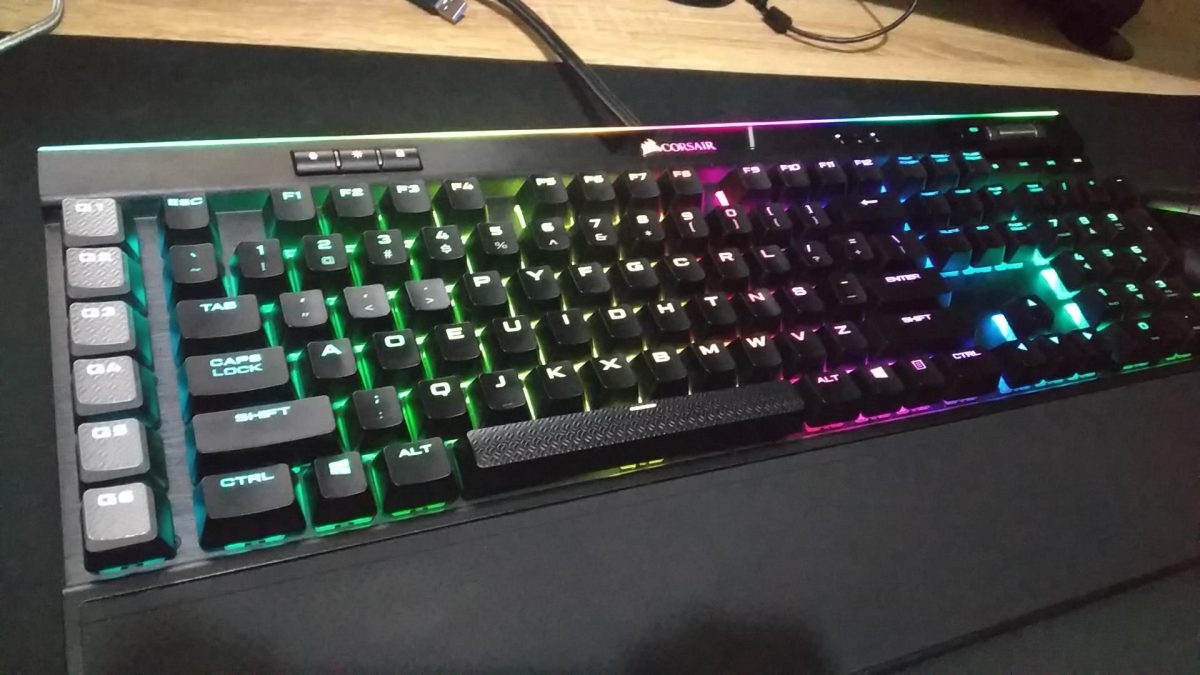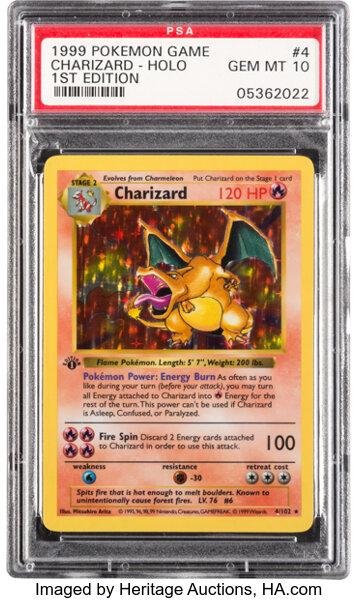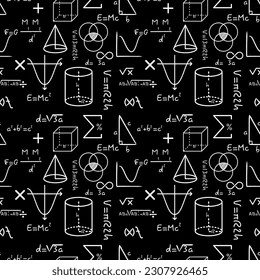You’re probably familiar with the letters on your keyboard, starting with QWERTY… and so on. However, the order of these letters can seem random and even inconvenient at times. So, why is QWERTY arranged like this? Well, in 1874, when the typewriter was about to be released, Christopher Latham Sholes needed to design a particular keyboard layout for it, because if people typed too fast, the typewriter could jam or break. Sholes did a good job, and the layout steadied people’s speed, leading QWERTY and the typewriter to national success.
However, when the electronic keyboard came out, there was no longer a concern for jamming, but the world already knew QWERTY, so we stuck with it. But as August Dvorak noticed, QWERTY is no longer needed, so why not create a new layout? He designed Dvorak, a keyboard layout designed for speed and better finger efficiency (I’m using it to type this article!). The world record for typing speed was 212 words per minute by Barbara Blackburn, set using the Dvorak keyboard. Dvorak is so efficient because all the vowels are easily accessible with the left hand, common consonants on the right, uncommon letters are on the bottom, and single-finger word patterns are avoided.
Another option is the Colemak keyboard. Shai Coleman released it on the first day of 2006, and it jumped into popularity immediately. It is more often learned than Dvorak because Colemak was designed to be similar to QWERTY where practical. This made it easy to switch over from QWERTY, but designed for speed overall. The bottom row is nearly the same, and the top corners remained similar too. Unlike Dvorak, many punctuation marks are in the same places too. Colemak’s efficiency focuses on “hand rolling,” which is a finger pattern similar to typing “asdf” on QWERTY.
The last option is Workman. Workman was designed in 2010 by OJ Bucao who wanted a more comfortable layout for extended periods of typing. Workman balances the keys so that finger usage is more evenly distributed and less stress is on the pinky fingers. It appears to be somewhat similar to Colemak and is evidently very efficient at first sight. Although faster than QWERTY, it does not allow for the fastest typing because it primarily focuses on comfort and less finger cramps.
So, which layout is best? Consider different keyboard layouts if you’re learning to type or picking out a new computer. If you already know how to type and are up for the challenge, you can convert to a different type of keyboard layout (ha, ha). It is difficult switching from QWERTY to Dvorak, but it is a very rewarding process that is useful basically everywhere you’ll ever need to type, which is basically everywhere in the modern world.






